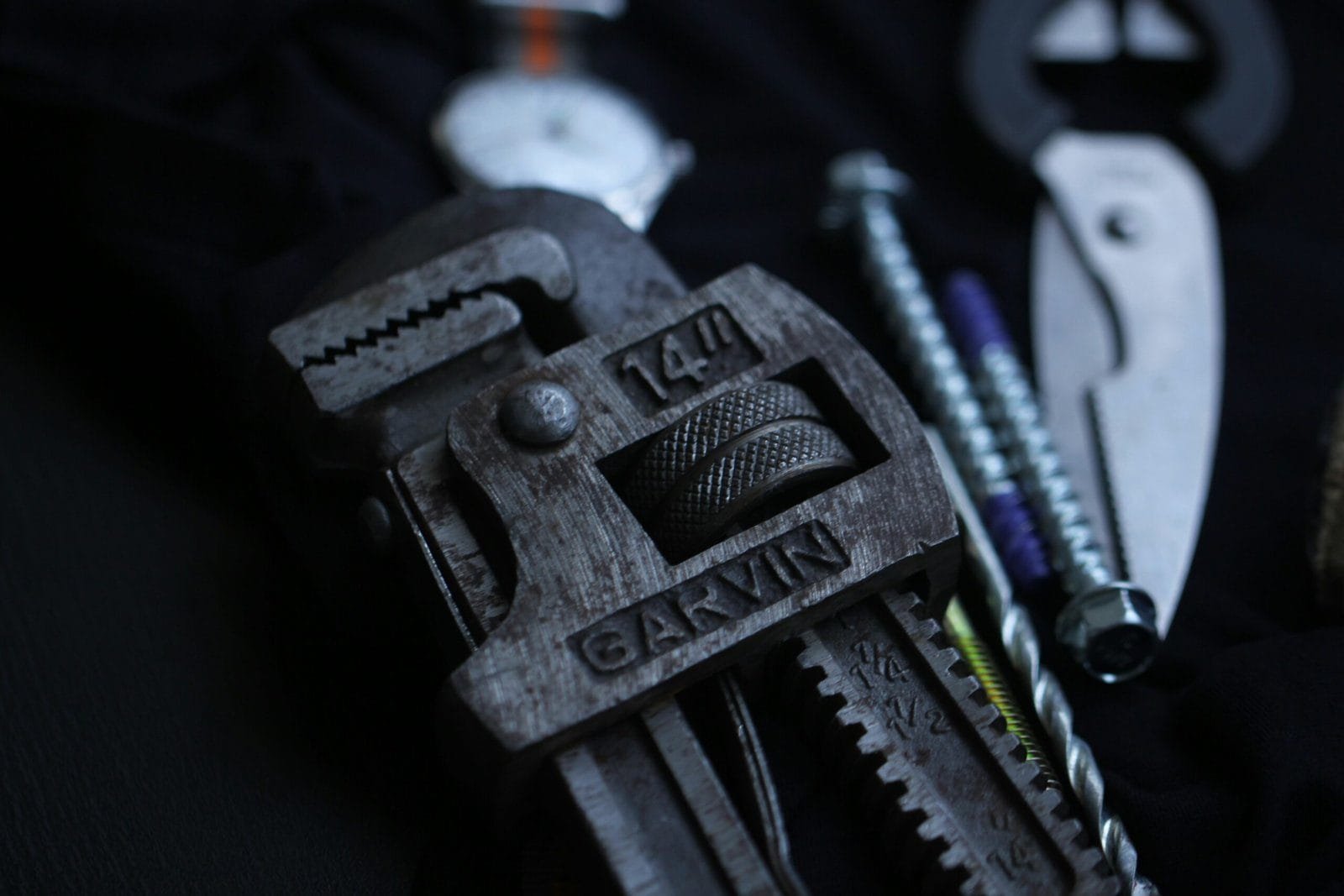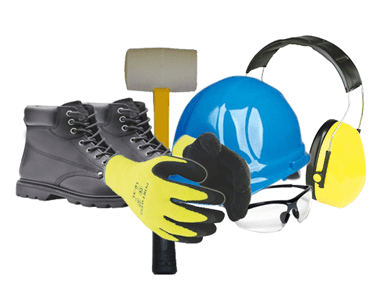Introduction
Are you tired of spending hours hammering nails into your home improvement projects? Well, I have the perfect solution for you – a nail gun! In this blog post, I will guide you on how to use a nail gun to speed up your next home improvement project. Whether you’re a seasoned DIY enthusiast or a beginner, using a nail gun will make your life so much easier. So, let’s dive in and discover the wonders of this handy tool!

Read this article and do not forget to check this channel “The Home Depot” for other amazing videos:
https://www.youtube.com/@HomeDepot
How To Use A Nail Gun: A DIY Digital Workshop | The Home Depot (video)
Nail Gun, also known as a Nailer
When it comes to home improvement projects, time is of the essence. Whether you’re building a deck, installing crown molding, or putting up a new fence, the last thing you want is to spend hours on end hammering nails. Not only is it time-consuming, but it can also be physically exhausting. That’s where a nail gun comes in handy.
A nail gun, also known as a nailer, is a powerful tool that drives nails into various materials with ease. It uses compressed air, electricity, or gas to propel the nails, making the process quick and effortless. With a nail gun, you can complete your projects in a fraction of the time it would take with a traditional hammer.
But using a nail gun isn’t just about saving time. It also offers other benefits that make it an essential tool for any DIY enthusiast or professional contractor. One of the main advantages is precision. Unlike a hammer, which can be prone to human error, a nail gun ensures that each nail is driven in at the perfect angle and depth. This not only improves the overall appearance of your project but also enhances its durability.
Another benefit of using a nail gun is safety. Hammers can be dangerous, especially if you accidentally hit your thumb instead of the nail. With a nail gun, you can eliminate the risk of painful mishaps. Most nail guns come with safety features such as trigger locks and sequential firing mechanisms, which prevent accidental discharges. However, it’s important to always follow the manufacturer’s instructions and wear appropriate safety gear, such as safety glasses and ear protection, when using a nail gun.
Furthermore, using a nail gun can also save you money in the long run. While the initial cost of a nail gun may be higher than that of a hammer, the time and effort it saves you can outweigh the investment. Additionally, a nail gun reduces the likelihood of damaging the materials you’re working with, which can save you from costly repairs or replacements.
Now that you understand the benefits of using a nail gun, let’s explore how to use this tool effectively. In the following sections, I will walk you through the step-by-step process of using a nail gun, from selecting the right nails to practicing proper technique. By the end of this blog post, you’ll be ready to tackle your next home improvement project with confidence and efficiency!
Finish Nailer
Another option to consider is a finish nailer. This type of nail gun is designed for finishing work, such as installing baseboards, crown molding, or trim. It uses larger gauge nails and provides a more secure and professional-looking finish. If you want your project to have a polished and refined appearance, a finish nailer is the best choice.
Staple Gun
In addition to nail guns, you may also want to consider a staple gun for certain projects. A staple gun is ideal for tasks like upholstery, carpet installation, or attaching fabric to a frame. It uses staples instead of nails and provides a strong and secure hold. If you’re working with materials that require a more versatile fastening option, a staple gun is a must-have tool.
Coil Nailer
For projects that require a high volume of nails, a coil nailer is the way to go. This type of nail gun uses a coil of nails, allowing you to work for longer periods without constantly reloading. It’s commonly used in construction, fencing, or decking projects where speed and efficiency are crucial.
When choosing a nail gun, it’s important to consider the specific requirements of your project. Think about the type of materials you’ll be working with, the size and scale of the project, and the level of precision and finish you desire. By selecting the right nail gun for the job, you’ll ensure that your project is completed efficiently and with professional results.
Inspect the Nail Gun
Prior to using the nail gun, inspect it thoroughly to ensure that it is in proper working condition. Check for any loose or damaged parts, such as the trigger or the magazine. If you notice any issues, do not use the nail gun and have it repaired or replaced.
Use the Correct Nails
Using the wrong size or type of nails can result in jamming or other malfunctions. Refer to the manufacturer’s instructions to determine the appropriate nails for your specific nail gun. Using the correct nails will not only ensure proper functionality but also improve the overall quality of your work.
Use Proper Technique
When using a nail gun, it’s important to maintain a firm grip and keep your fingers away from the trigger area. Always aim the nail gun away from yourself and others, and avoid pointing it at any part of your body. Additionally, make sure to position the nail gun securely against the surface before pulling the trigger.
Store Safely
After you have finished using the nail gun, store it in a secure and designated location. Keep it out of reach of children and ensure that it is stored in a dry and well-ventilated area. If your nail gun requires any maintenance, such as cleaning or oiling, follow the manufacturer’s instructions carefully.
Regular Maintenance
To keep your nail gun in optimal condition, perform regular maintenance tasks. This may include cleaning the gun, lubricating the moving parts, and inspecting for any signs of wear or damage. By taking care of your nail gun, you can prolong its lifespan and ensure safe and efficient operation.
By following these safety precautions and guidelines, you can minimize the risk of accidents and injuries when using a nail gun. Remember, safety should always be the top priority, and taking the time to prioritize safety will ultimately lead to better results and a more enjoyable woodworking experience.
Step 5: Check the Nail Gun
Before you start using the nail gun, it’s important to perform a quick check to ensure everything is in working order. Check that the safety mechanisms are functioning properly and that there are no visible damages or loose parts. It’s also a good idea to inspect the air compressor or power source to ensure it is properly connected and functioning.
Step 6: Adjust the Depth
Depending on the project you’re working on, you may need to adjust the depth at which the nails are driven into the material. Most nail guns have a depth adjustment feature that allows you to control how deep the nails penetrate. Refer to your nail gun’s manual for instructions on how to adjust the depth setting.
Step 7: Test the Nail Gun
Before you begin your project, it’s always a good idea to test the nail gun on a scrap piece of material. This will allow you to ensure that the nails are being driven in properly and that the nail gun is functioning as expected. Adjust the depth setting if necessary and make any other adjustments needed to achieve the desired results.
Step 8: Begin Using the Nail Gun
Once you’ve completed all the necessary preparations and checks, you’re ready to start using the nail gun. Hold the nail gun firmly with both hands, positioning it at a 90-degree angle to the surface you’re nailing into. Press the trigger to drive the nail into the material, and release the trigger to stop. Repeat this process for each nail, making sure to maintain proper safety precautions throughout.
By following these steps and taking the necessary precautions, you can safely and effectively load and use a nail gun for your projects. Remember to always consult the manual for your specific nail gun model and to wear appropriate safety gear, such as safety glasses and ear protection, when operating power tools.
Using the Nail Gun
Now that your nail gun is loaded and ready to go, let’s dive into using it for your home improvement project. Here are the steps to follow:
Step 1: Position the Nail Gun
Hold the nail gun firmly with both hands, keeping your fingers away from the trigger. Position the tip of the nail gun where you want the nail to go, ensuring it’s flush against the surface.
Step 2: Apply Pressure
Apply gentle pressure to the nail gun, pressing it firmly against the surface. This will activate the safety mechanism and allow the nail gun to fire when you pull the trigger.
Step 3: Aim and Fire
Once you’re in position, take a moment to aim the nail gun accurately. When you’re confident, pull the trigger to fire the nail into the surface. The nail gun will drive the nail in with speed and precision.
Step 4: Repeat as Needed
Continue positioning, applying pressure, aiming, and firing the nail gun until you’ve completed your project. Take breaks as needed and remember to stay focused on your task.
It’s important to note that different nail guns may have additional features or settings that you can adjust based on your specific needs. For example, some nail guns have depth adjustment settings, allowing you to control how far the nail is driven into the surface. This can be particularly useful when working with different materials or when you need to ensure the nail is flush with the surface. Additionally, some nail guns have a sequential firing mode, where you need to release the trigger and press it again for each nail, and others have a bump firing mode, where you can hold down the trigger and fire nails in rapid succession.
Before using your nail gun, it’s essential to familiarize yourself with its specific features and settings. Read the instruction manual provided by the manufacturer and follow any safety guidelines or precautions. Always wear appropriate safety gear, such as safety glasses and ear protection, to protect yourself from flying debris and loud noises. If you’re unsure about how to use a particular feature or setting, consult the manual or seek guidance from a professional.
When using a nail gun, it’s also crucial to consider the type and size of nails you’re using. Different projects may require different nail sizes, and using the wrong size can result in damage to the material or an insecure connection. Always use nails that are compatible with your nail gun and appropriate for the task at hand. If you’re unsure about the right nail size or type, consult a hardware store employee or a professional in the field.
Lastly, remember to practice good safety habits while using a nail gun. Keep your fingers away from the trigger when not in use, and never point the nail gun at yourself or others. Store the nail gun in a secure location, out of reach of children or unauthorized individuals. Regularly inspect the nail gun for any damage or wear, and replace any worn or damaged parts immediately.
Battery/Power Issues
Another common issue that you may encounter while using a nail gun is related to the power source. If you are using a battery-powered nail gun, make sure the battery is fully charged before starting your project. If the battery is low or not holding a charge, you may need to replace it or recharge it before continuing.
For pneumatic nail guns, check that the air compressor is functioning properly and providing enough pressure. Inspect the air hose for any leaks or blockages that may be affecting the performance of the nail gun.
Misfires
Misfires can occur when the nail gun fails to fire a nail. This can be frustrating and may result in incomplete or uneven work. To troubleshoot misfires, first, check that you are using the correct size and type of nails for your nail gun. Using the wrong nails can lead to misfires and other issues.
Next, inspect the nail gun for any debris or obstructions that may be hindering the firing mechanism. Clean the nail gun thoroughly and lubricate any moving parts as recommended in the manual.
Inconsistent Nail Depth
If you notice that the depth of the nails is inconsistent, it may be due to an incorrect depth adjustment setting or a worn-out driver blade. Check the depth adjustment feature on your nail gun and ensure it is properly calibrated. If the depth adjustment doesn’t seem to be the issue, inspect the driver blade for any signs of wear or damage. A worn-out driver blade may need to be replaced to achieve consistent nail depth.
Conclusion
By troubleshooting these common issues, you can ensure that your nail gun operates smoothly and efficiently. Remember to always consult the manual for specific instructions and safety guidelines when addressing any problems with your nail gun. With proper maintenance and troubleshooting, you can continue to enjoy the benefits of using a nail gun for your woodworking or construction projects.
Other related posts from our website:
https://howtobuildahouseblog.com/how-to-choose-the-right-garden-planting-tools/
https://howtobuildahouseblog.com/how-to-be-safe-when-working-with-power-tools/
https://howtobuildahouseblog.com/how-to-bend-copper-pipes-with-or-without-tools/
Thank you so much for your attention.
Stay tuned. We will upload many other amazing posts to our website and videos onto our YouTube channel.
Thank you so much.
for your time and attention.
Best Regards


